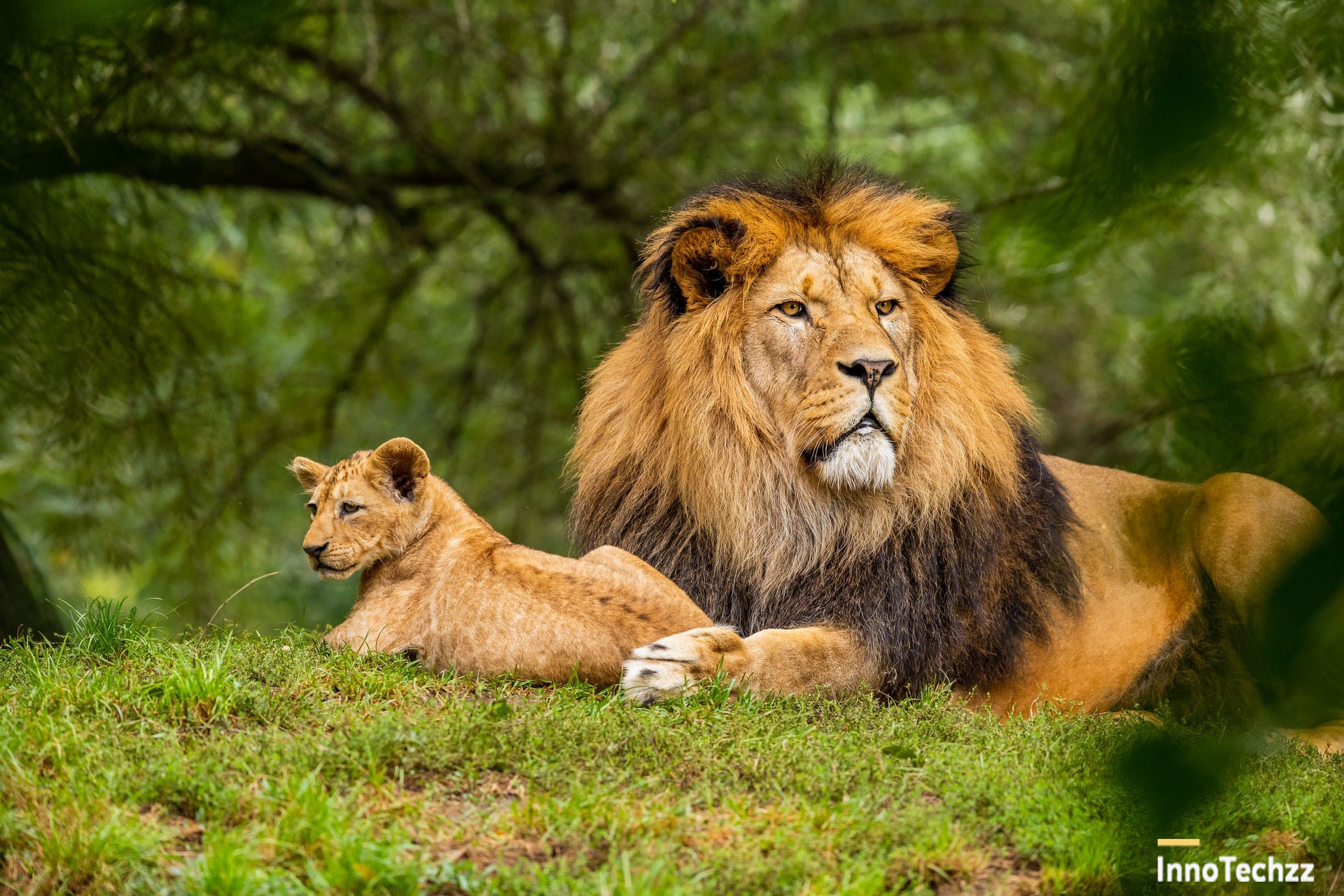How technology and science helpful to conservation of wildlife.

Ecologists aren't the only ones striving to secure the survival of species and ecosystems in the field of wildlife conservation; engineers and data scientists are also developing and applying technology to make conservation more efficient. Technology is influencing how we collect and analyse data on species as it gets more powerful and accessible.
The Global Positioning System (GPS), which was first launched in 1973, was designed to track US submarines. However, this satellite-based navigation system, which provides a user's geographical coordinates everywhere on Earth, has become extremely useful in biological study and conservation. Field ecologists can use GPS to track the location of their sampling sites, track animal migration, and study biogeographical patterns. While GPS only relates to location data, aerial photography captured by sensors on drones, planes, and satellites is a comparable notion. With the increased availability of aerial data, we can now track how land usage is changing, locate creatures like koalas, and even count individual trees from above the canopy.
Wildlife Conservation based on Technology
Bio-telemetry and bio-logging
Bio-logging and bio-telemetry are two different ways of collecting data, but they both involve monitoring physiological, behavioural, or environmental data of species that are difficult to view or often impossible to reach. Unlike bio-telemetry, which sends the information to a receiver that is remote from the device carried by the animal, bio-logging technology records and saves the information in an animal-borne device (archival logger), and the information is downloaded once the logger is retrieved. For example, Block claims that the use of new electronic tagging and remote sensing satellites, which give more precise and rapid environment sampling and greater resolutions of global views, has made the integration of environmental data with animal obtained data easier. New methodologies that combine the two technologies are transforming the ability to perform ecosystem-scale science and improving scientists' ability to investigate unresolved ecological concerns.
The Global Positioning System (GPS) technology allows scientists to gather accurate movement patterns of an animal using GPS telemetry, which allows scientists to quantify the animal's location and distance from survey locations. Such technology has aided in identifying the utilisation of unexpected habitats, exploring the social dynamics of reintroduced species, and revealing unfamiliar life history aspects of imperilled species, to name a few examples. Animal-borne technology (also known as animal-borne video and environmental data collecting systems, or AVEDs) collects high-resolution datasets that can be used to assess an animal's physiology, behaviour, demography, community interactions, and the environment in which it lives. A wide range of these sensor types have been bundled into lightweight units to collect data on the interior and external states of wild animals. Lightweight geolocators or satellite transmitters, for example, have enabled for the practical reconstruction of migratory routes and wintering regions for large and small birds, allowing for the testing of migration strategy predictions. Animal-borne gadgets are also useful for testing hypotheses about habitat utilisation drivers. For example, a study on the southern elephant seal (Mirounga leonina) in the Southern Ocean looked at the geographic distribution of core foraging areas and behaviour as well as the relative quality of habitats regionally, demonstrating the clear benefits of satellite tracking systems and their assistance in learning more about the animal's response to varying environmental conditions and population viability. This data is critical for designing conservation-focused management strategies.
Camera Traps
Remote devices with a motion or infrared sensor that automatically record photos or videos are known as camera traps. They've evolved into an essential wildlife research tool, with lower costs allowing researchers to monitor and reach a larger number of wildlife populations. Traditional tactics, such as visual, capture, and trapping methods, can be time-consuming and expensive, requiring hundreds or thousands of person hours; however, camera traps can increase the number of observers and reduce costs. This technology is increasingly being used to answer issues about species distribution, activity patterns, and population density, among other things.
Aside from the density or estimation of animal populations, camera traps are an useful way to answer numerous questions concerning wildlife. Behavioral studies utilising camera traps, such as the first ever conducted by Gysel and Davis (1956), who essentially described a simple system for photographing wildlife, aid in our understanding of how different species use their habitat. Bauer et al., for example, used camera traps and telemetry to study puma scavenging behaviour in California. Pumas are known to be opportunistic predators, but their findings suggest that they are also opportunistic scavengers. A more recent study in chimps (Pan troglodytes) looked at changes in community demographics (births, deaths, emigrations, and immigrations) as well as community composition (age/sex structure). Camera traps, according to the scientists, provided for a near-perfect estimate of demographic composition and variation within and between social groupings. They also point out that such technology may be able to deliver more exact and reliable estimates of fine-scale group abundance.
Conclusion
The application of technology in conservation should be viewed as a force that has the potential to revolutionise the work of researchers from all fields engaged in species protection. To maximise the utility of both in situ and ex situ methodologies for studying remaining populations, it is critical to understand their efficacy. Furthermore, cooperation between ex situ and in situ groups can produce equally useful knowledge, therefore both approaches should be complementary rather than diametrically opposed.
Posted By InnoTechzz